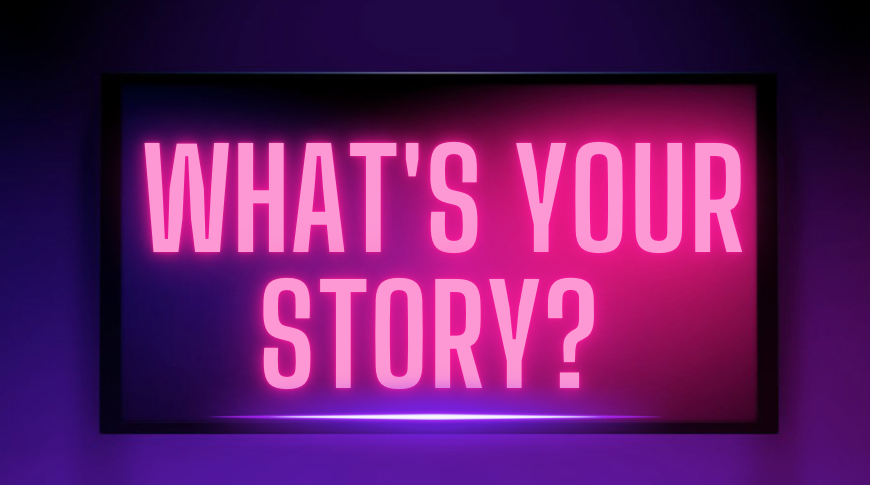The story of your business is a starting point that should never be underestimated. It needs to be an engaging tale to get your message across — one that gets people talking and sharing.
People have been telling tales and listening to stories since the beginning of time. Stories carry history, experiences and certain messages, and above all, they connect people in a way nothing else can.
Good stories resonate with listeners. Great stories encourage them to share.
Storytelling is also not new to the marketing world. Big brands with massive budgets attempt to nail the concept time and again. With the opportunities provided by the digital age, there is no reason smaller businesses can’t leverage the power of stories — you want to talk to the same people as the big guys.
Consumers have never been more ‘connected’ than they are today, which means this shift will continue and become even more obvious. There are two types of stories at play, and there always have been when it comes to businesses.
There are the stories you tell about your business to your customer, and there are stories they tell their friends based on their experiences. Both have the ability to make or break your business.
What’s your story?
This may be the most important place a business can start when crafting its market position and strategy. “What is our story?” It’s the core of what a business is, what it does and why it exists. If it’s compelling enough, that story will spread. If it’s boring, you are invisible.
Every business and every entrepreneur has a story to tell. More of them are starting to do it as they realize their story makes them human. It’s people that people connect with, that they learn to trust, and that they ultimately do business with.
As business thinker and author Seth Godin says: “There are small businesses that are so focused on what they do that they forget to take the time to describe the story of why they do it … If what you’re doing matters, really matters, then I hope you’ll take the time to tell a story.”
Tell your story
There are an increasing number of ways to tell your story to a target audience these days, from text to pictures to online video. If you use social media, every tweet or update should reflect the core of your story in some way. You are your brand and you broadcast who you are with every tweet, comment, post, picture or video.
The rise of visual storytelling is something to pay attention to. According to a recent report from Cisco, 1.2 million video minutes are expected to travel the Internet every second by 2016.
One thing you can count on: the digital revolution isn’t slowing down any time soon.
Business more than ever is about people: People connecting and sharing with people. And those people are either talking about your business, or they’re not. If they are, what they saying?
“A brand is what people say about you when you’re not in the room,” Amazon’s Jeff Bezos has said
Powerful, when you realize you can’t control the messaging or the distribution of this part of your story. The things you can control are: the story or stories you share, the story you maintain or experience that determines the stories of others, and how you react when people share their versions.
When others share your story, positively or negatively, you need to be there to respond to help define that plot line and determine where that story ends up. As one of the leading minds in Social, Gary Vaynerchuk, has said: “Tell your story, tell it every day, tell it from the heart, make it authentic, care, and you have a business.”
What story are you telling?
Does it get people talking in a way you’d be proud of?
Article originally appeared in Huffington Post & Globe and Mail
